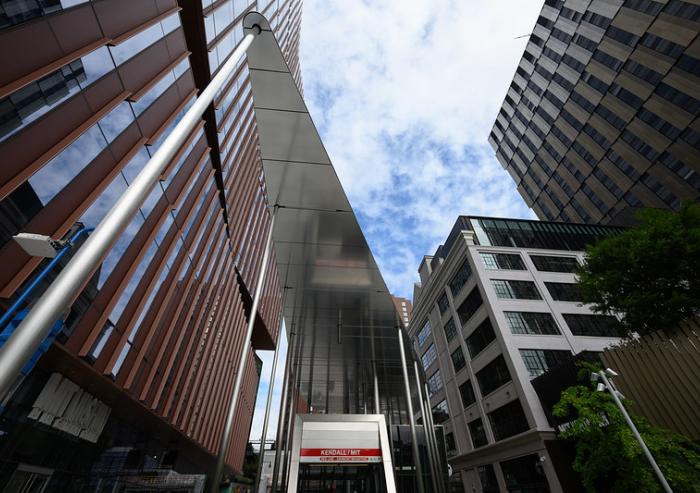
Design out waste
With a densely populated community of nearly 25,000 students, faculty, and staff, MIT is a microcosm of the wider world. Here, we’re looking strategically at the substantial amounts of materials that flow through the Institute to optimize opportunities for financial, ecological, and health benefits from the resources we purchase and those we discard.
What does is mean to design out waste?
Design out waste is MIT’s approach to eliminating waste from campus operations and systems. To achieve this, the Office of Sustainability, in partnership with the Department of Facilities, works to engage the MIT community in developing, planning, and implementing a wide variety of policies, protocols, activities, and initiatives to realize the elimination of solid and food wastes. This approach follows the "9 Rs" of a circular economy used to reduce and ultimately eliminate waste: refuse, rethink, reduce, reuse, repair, refurbish, remanufacture, repurpose and recycle.
What is the materials lifecycle?
MIT is working to adopt mindful decision-making frameworks that consider the full lifecycle costs and impacts of materials and products as they move through the economy, from materials extraction, manufacturing, transportation to MIT, and end-of-life pathways via waste management, recycling, upcycling, compost, and reuse.
Get an overview of the materials lifecycle in the MIT Circular Economy Case Study, published by our collaboration partner the Ellen MacArthur Foundation.
Learn more about MIT’s ongoing waste reduction, reuse, and procurement strategies in the sections highlighted above.





